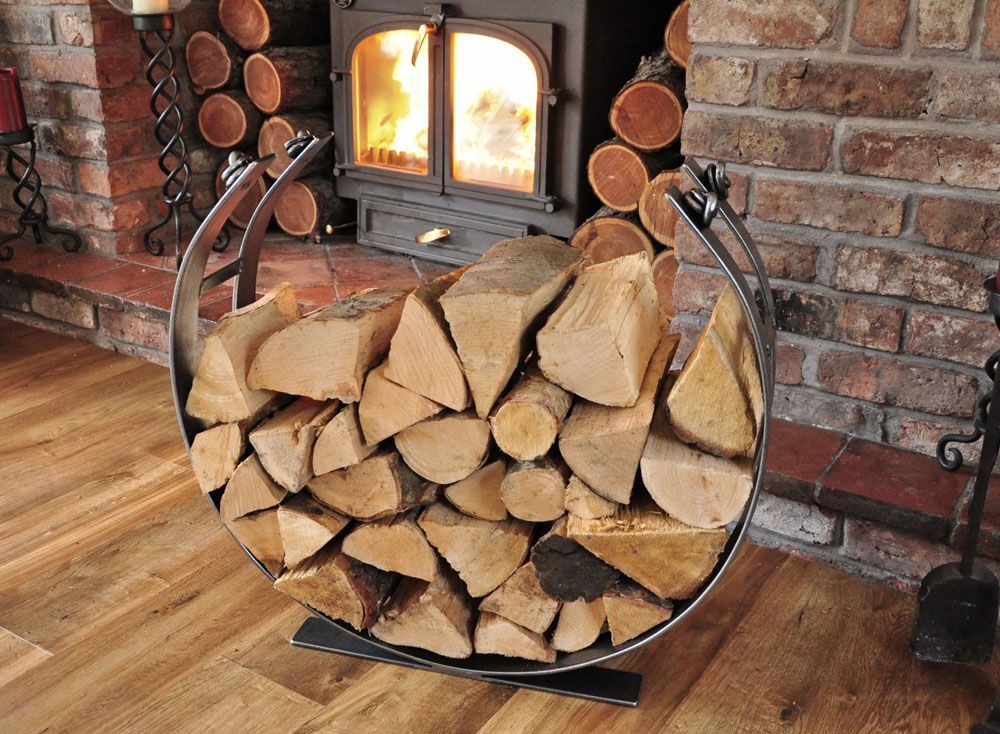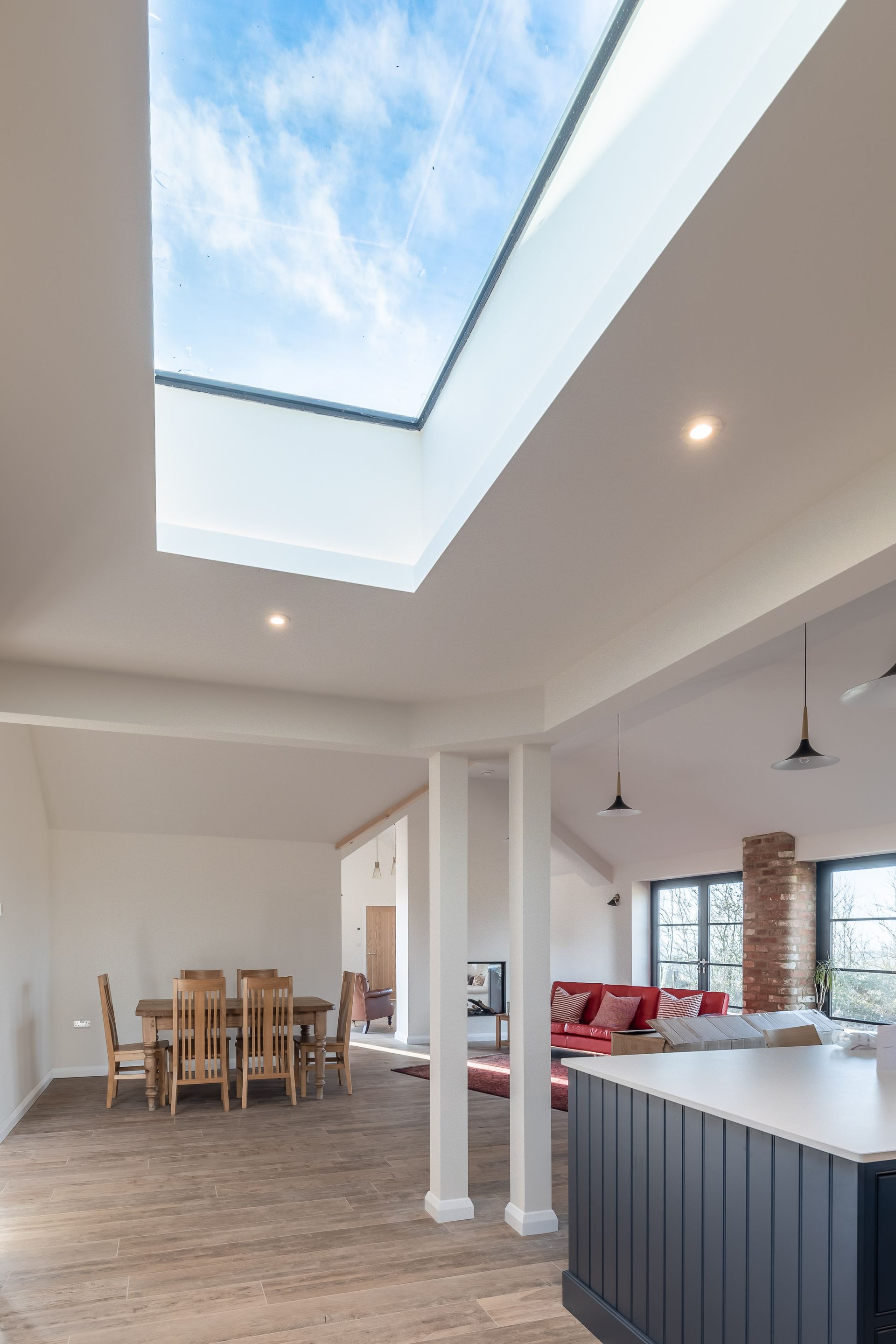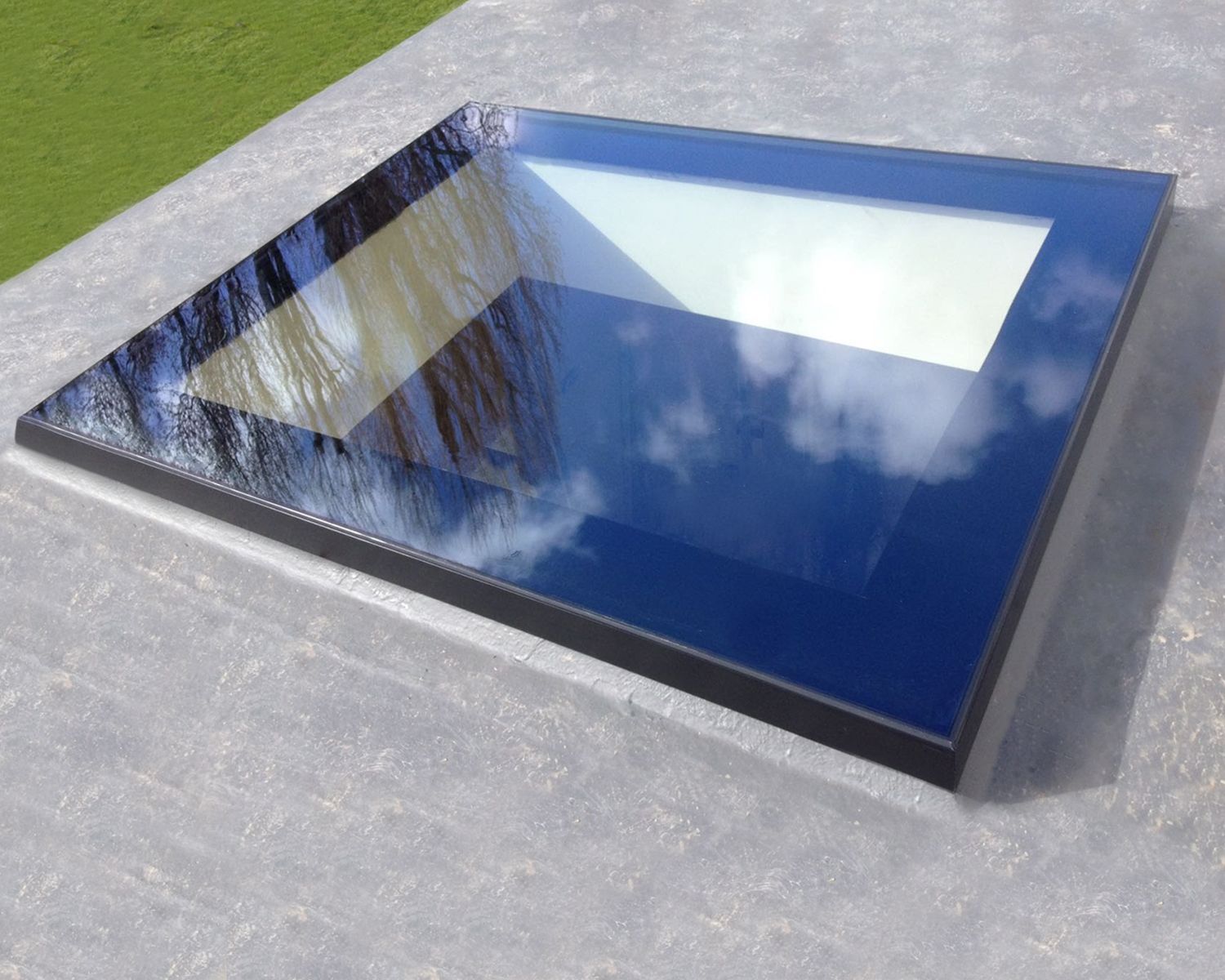British Brackets Provide Steely Character for Period Properties
Paul Trace from Metal & Glass explains why it is not only essential to choose the right bracket for an effective rainwater system but it is representative of the building’s heritage.
If you live in a period property then the chances are that you own a cast iron rainwater system. If so, it is vitally important to make sure that your gutters can withstand leaves, heavy rainfalls, high winds, snow, and anything else that the harsh weather conditions might throw at them.
One of the most common problems with failed gutters is poor alignment or sagging and this in turn can cause water to run down the side of a building causing damp and in time structural damage. Therefore, it is very important to make sure the brackets holding up the gutters are symmetrical, sufficiently strong and are the right profile for the guttering.
Not only should the brackets be strong enough, but they need to be the right profile for the guttering to be put up straight, otherwise it will twist and become inefficient in keeping water away from the foundations of a building.
A significant proportion of brackets being supplied today are imported from Asia but these tend to be less robust and use thinner gauge material than brackets made in Britain. For example, a British made bracket has a thicker cup (20 x 3mm as opposed to 20 x 2mm) and this is also the case with a rise and fall bracket which has a 10mm threaded bar welded to the cup instead of a 8mm one.
Arguably brackets made in Britain with the extra mm will cost a bit more money than the average off-the-shelf bracket but this is minimal compared to the costs of using a bracket that cannot hold the guttering up correctly.
Traditionally every village or town had a local blacksmith that would not only make horseshoes but also architectural fittings for the surrounding properties. Equally, a local foundry would make the rainwater goods for the area as well so replacing or repairing brackets on a historic property can be problematic as both foundries and local blacksmiths have declined.
For period properties with a cast iron rainwater system it is recommended that the brackets are either repaired or replaced with reproduction cast iron brackets in the same profile. However, mild steel brackets can be used but they need to be robust enough to hold up cast iron gutters and most modern day off-the-shelf brackets are only suitable for modern day materials. Again, choosing a British made bracket with a more substantial cup and thicker thread for a rise and fall bracket will provide a more robust solution.
A rise and fall bracket with a thick thread is also particularly useful where an old building has suffered from settlement and caused the roof to sway or swag. This irregularity of levels at the rafters can cause problems when fitting or repairing the gutter. A rise and fall bracket can be adjusted according to the rise and fall of the gutter. This is particularly useful with cast iron guttering, which is a lot more rigid than plastic, and would absorb the difference in levels. An existing fascia will also help the irregularity of levels, however, erecting a new fascia would not look in keeping with a period property. Where there is no fascia, a drive in rise and fall bracket will provide a sturdy support unless of course the whole roof is being replaced and a rafter rise and fall bracket can be used.
Many regions have an architectural style and require a particular replacement bracket, which stems from them originally being made at a local blacksmiths as previously mentioned. For example, Norwich City Council has their own design of repair bracket that has a fixing hole above the guttering as well as below. A regional style of bracket is also apparent in the architecture according to the climate as in the North of Scotland where Rhone brackets, which are top rafter brackets, are used. One can assume that side fixings are not used because the weight of the snow might apply too much pressure, whereas top fix rafter brackets are stronger.
Of course these are just some examples of the bracket profiles that are still made in Britain and representative of our distinctive architecture and heritage. With the decline of the local blacksmith it is important these unique profile brackets are still made by traditional methods and can also be bespoke rather than standardised through being mass-produced for cost effectiveness.
Top tips to keep your cast iron rainwater system in good working order:
• Every spring and autumn, clear any plants, leaves and silt from gutters, hopperheads, flat roofs and drainage channels
• Look for blocked downpipes (best done during heavy rain to see water coming from any leaky joints - in dry weather look for stained brickwork)
• Keep gullies at ground level clear and have them cleaned out if necessary
• Remove vegetation from behind downpipes by cutting back or removing the plant altogether
• Use a hand mirror to look behind rainwater pipes as splits and cracks in old cast iron and aluminium often occur there and are not easily noticed
• Fit bird/leaf guards to the tops of soil pipes and rainwater outlets to prevent blockages
• Check that gutters junctions are watertight by watching them in rainy conditions
• Have gutters refixed if they are sloping the wrong way or discharging water onto the wall
• If sections are beyond repair, make sure that replacements are made of the same material as the originals (on older houses, this is sometimes lead, but more usually cast iron)
• Regular painting of cast iron is essential to prevent rust
• Always wear protective gloves when necessary and act safely and responsibly.

All Rights Reserved | METAL & GLASS LTD
Company Number | 12113002





